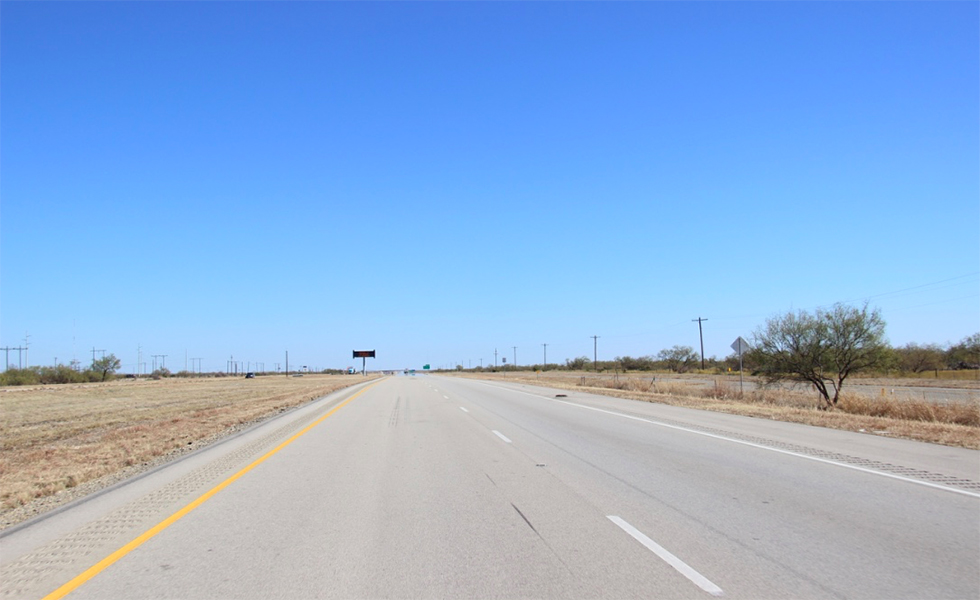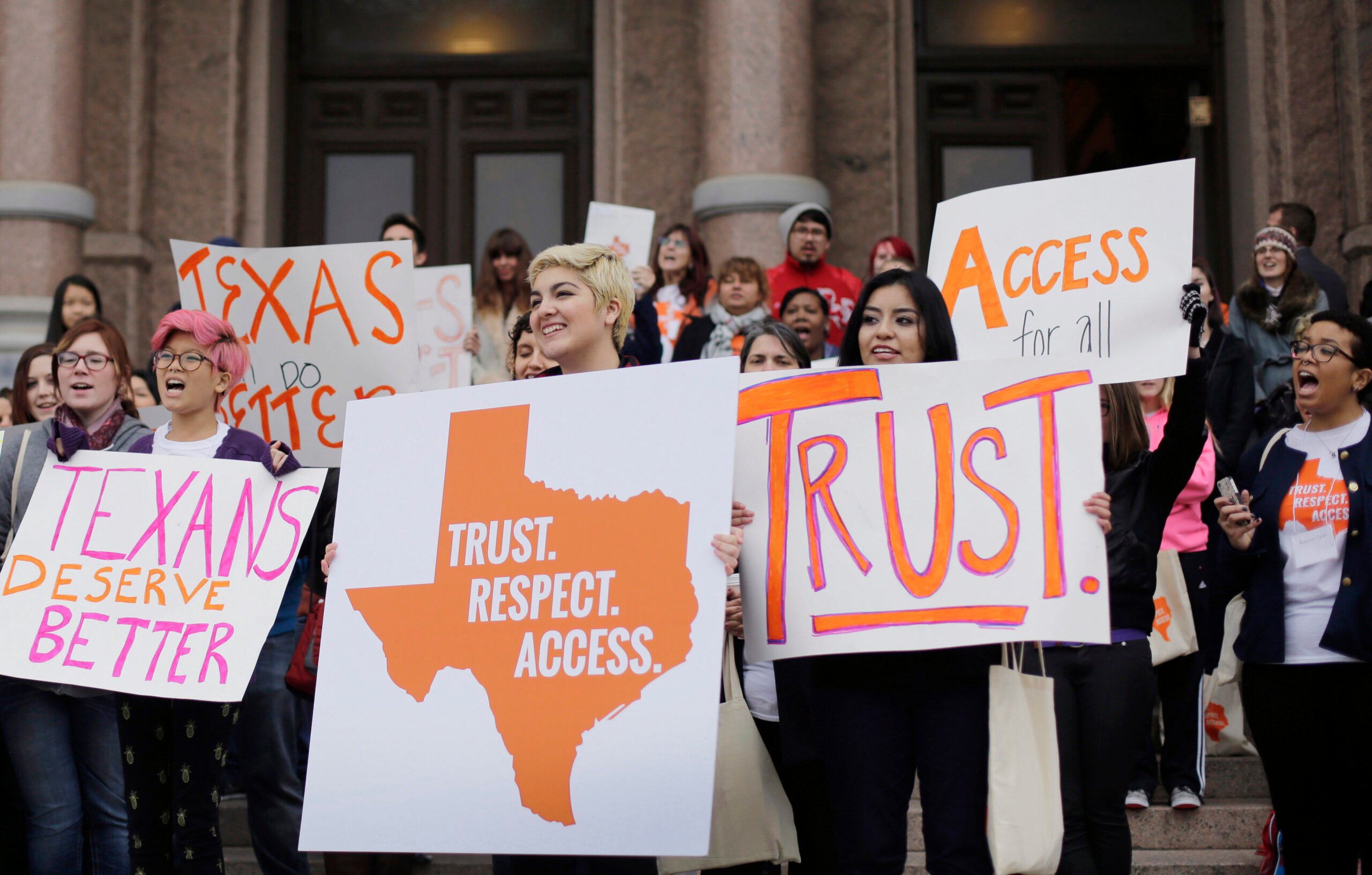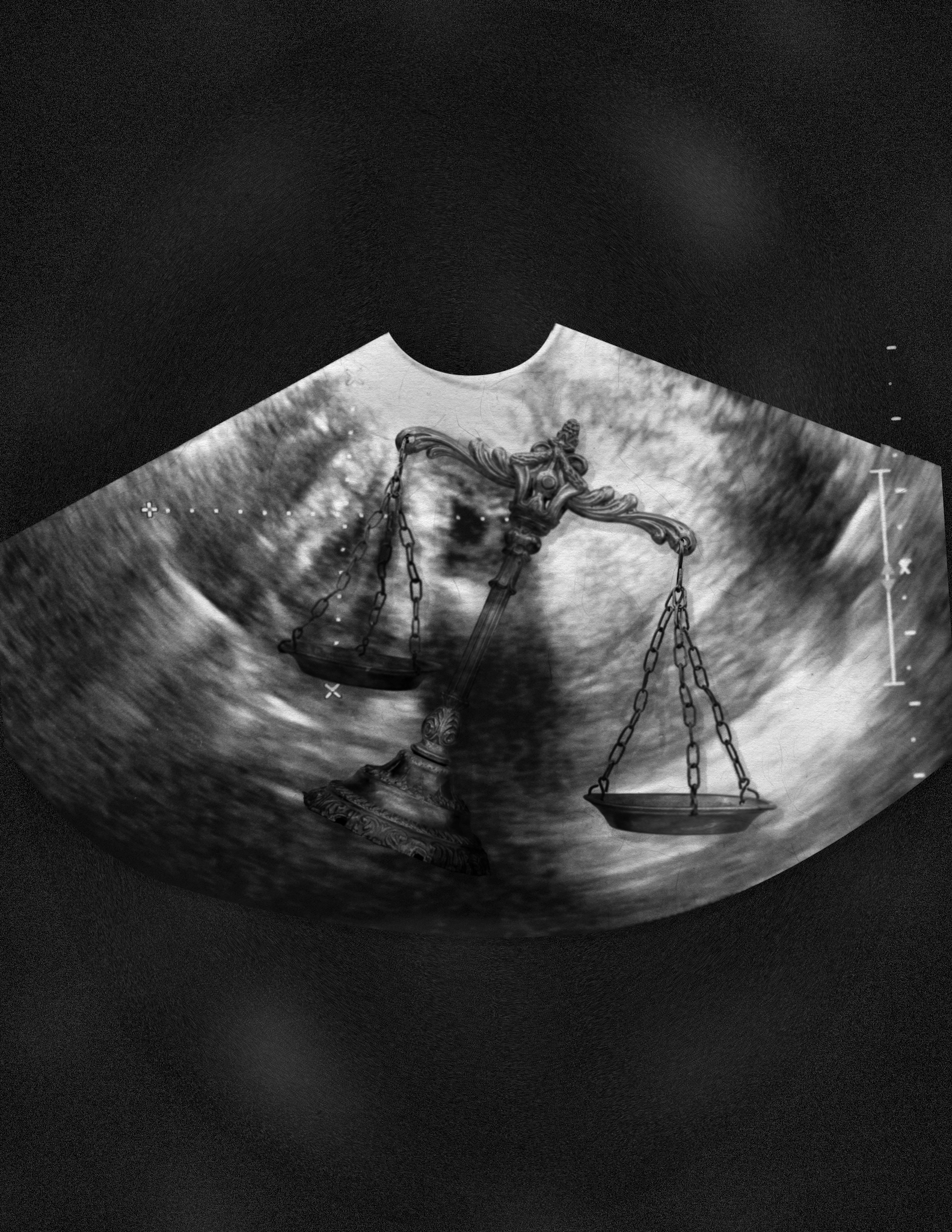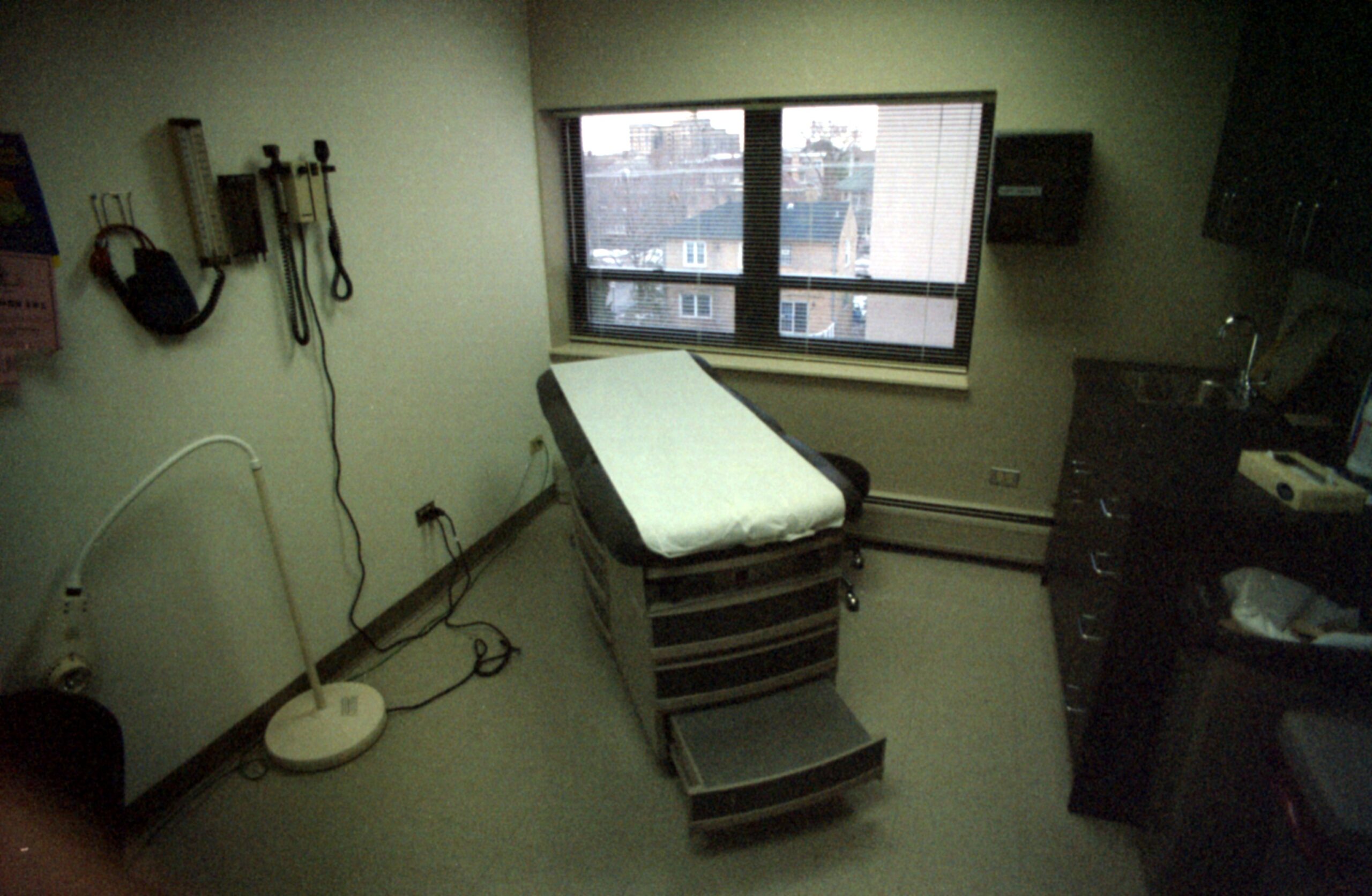
We Asked You About Health Care in Rural Texas. Here are Your Stories.
Much has been written about medical deserts, but these are the experiences of people who call them home.

Above: Many readers described struggling with long travel times to find care near their homes.
Rural health care is in crisis in Texas: More than one-fifth of Texas’ 254 counties have only one doctor or none at all. Of the state’s 158 remaining rural hospitals, just 66 deliver babies. More than half of Texas counties have no OB-GYN. And because of this, people are dying.
Reporters Sophie Novack and Christopher Collins spent months digging into the crisis. Throughout their reporting process, we asked readers to share their experiences seeking care in far-flung parts of the states. We heard stories about doctor shortages, hospital closures, and insurance troubles. Many rural Texans told us they struggled to find coverage near their homes and were forced to make hours-long drives to reach necessary providers. These are some of their stories.
*
When my mother was alive, she suffered a blood clot in her leg. Had our hospital been closed at that time, she would have died before receiving adequate treatment. Subsequently, our local hospital, municipally owned, fell on hard financial times and was finally purchased by Good Shepherd. Everything went well for a time; a substantial amount of money was invested in the facility.
Then, without warning, Good Shepherd closed our hospital. The community had no say-so in that decision, nor any remedy. The economic blow to the community was drastic, to say the least. Now, everyone in our community must travel at least 15 miles to the nearest hospital for emergency care. For specialist care, the distance is at least 45 miles, and for really excellent care, one must travel at least 75 miles.
—Rebecca Narramore, Cass County
*
My aunt became a nurse in 1990 and encouraged my grandmother, who was then in her early 50s, to attend nursing school as well. My grandmother was able to attend because of a grant the state provided for rural health care training. She ended up working as a licensed vocational nurse in Lamesa for 20 years. She remembers being told during school how dire the staffing situation was—and this was in the early 90s. Can’t believe that things have only gotten worse over the years.
—Mary Kathryn Rhodes, Midland County
*
I served for a number of years as a rural hospital CEO. One of the overlooked issues of rural hospital closures is the economic impact. These facilities are frequently the largest employer in town and a major economic engine. Money spent by a hospital multiplies many times as it cycles through the local grocery store, gas station, car dealership, barber shop, etc. Hospital closures are devastating to local employment and income.
—Ted Fox, Bexar County
*
I have multiple major medical issues that require extensive care. The closest ER to me has no experience with my illness, leaving me to have to drive over an hour to get to an ER or hospital when needed. I have to drive one to four hours for doctors appointments as well.
—Jessica Girardo, Tyler County
*
When my spouse had his heart attack, I drove him to the hospital in town because I knew it would be quicker than trying to get an ambulance to come pick him up. When we got to the hospital, he was stabilized and told that he would have to be transferred to get the procedure he needed as they didn’t have the equipment.
We elected to go to Houston, but it took 13 hours to find a hospital—partially because no one in the ER thought to look for a bed anywhere except the medical center. We ended up at Katy Methodist. He was given a stent by the cardiologist who we now travel back to see every six months. We now both have had cardiac care needs. (The closest ER for my needs is an hour away.)
—Ann S. Turney, Polk County
*
I am a physician in family practice in Marfa. We have no county indigent program, hospice, or psychiatric care and only limited home health in some parts of this region. The state failed to renew a grant that provided funds for indigent health care here, and the small hospital in this region is privately owned. Most people have to drive six to 10 hours round trip to reach specialists. There is no medical ground transportation out of the region. Any patient that needs to be transferred [to another hospital] has to go by air transport which runs from $25,000 to $40,000. Only the strong can survive out here.
—John Paul Schwartz, D.O., Jeff Davis County
*
I live in the High Plains of Texas. I am now 40 years old with four children at home. My husband and I both work and have a home together. We have had spotty [medical] coverage for ourselves as jobs changed, so we mostly paid out of pocket. For a while, it was working—and way more affordable than insurance. We had the children covered under CHIP, but nobody in over 60 miles accepts it, so we paid out of pocket for them, too. A few appointments a year and meds…not so bad. I always worried about emergency situations. But we were lucky; the kids are pretty healthy. My husband is diabetic and has hypertension, but he only has to see a doctor once a year.
The real problem started last year when I was diagnosed with Hodgkin’s lymphoma. First off, trying to get a diagnosis without insurance was hard enough. Our local hospital found the cancer, but not the type. We applied for Medicaid at the state welfare office, but we were a few hundred dollars over the limit to get approved. So we went to the marketplace to look for insurance that might be work with our income and situation. It took a month. Honestly, I needed a specialist to understand any of it.
Our effective date was January. It was October [when we were finally insured]. But I was able to start treatments because of the kindness of my community and family. We beat the lymphoma, but now I have lots of follow-up appointments and a few complications from chemo.
Even though I have insurance now, nobody in my area accepts it. I drive two hours to Amarillo a few times a month. But I feel lucky to have gotten care and to be here now. I worry about so many others who can’t drive that far or who can’t navigate the health care system. What happens to them?
—Rachel Collier, Ochiltree County
READ MORE:
-
A Radical Proposal Calls for a Moratorium on Deportations: The Migrant Justice Platform also offers a simple solution to address the tension between native-born and foreign workers: Protect immigrants’ right to organize.
-
‘Cheer’ Takes an Overlooked Sport Off the Sidelines: The Netflix show about a Corsicana cheerleading squad’s journey to nationals explores an indignity I remember well from my time as a high school dancer: training for intense athletic competitions while being reduced to halftime entertainment.
-
How the San Antonio Police Are Rethinking Mental Health: A new documentary on policing in San Antonio makes a simple suggestion: Instead of arresting mentally ill people, listen to them.


